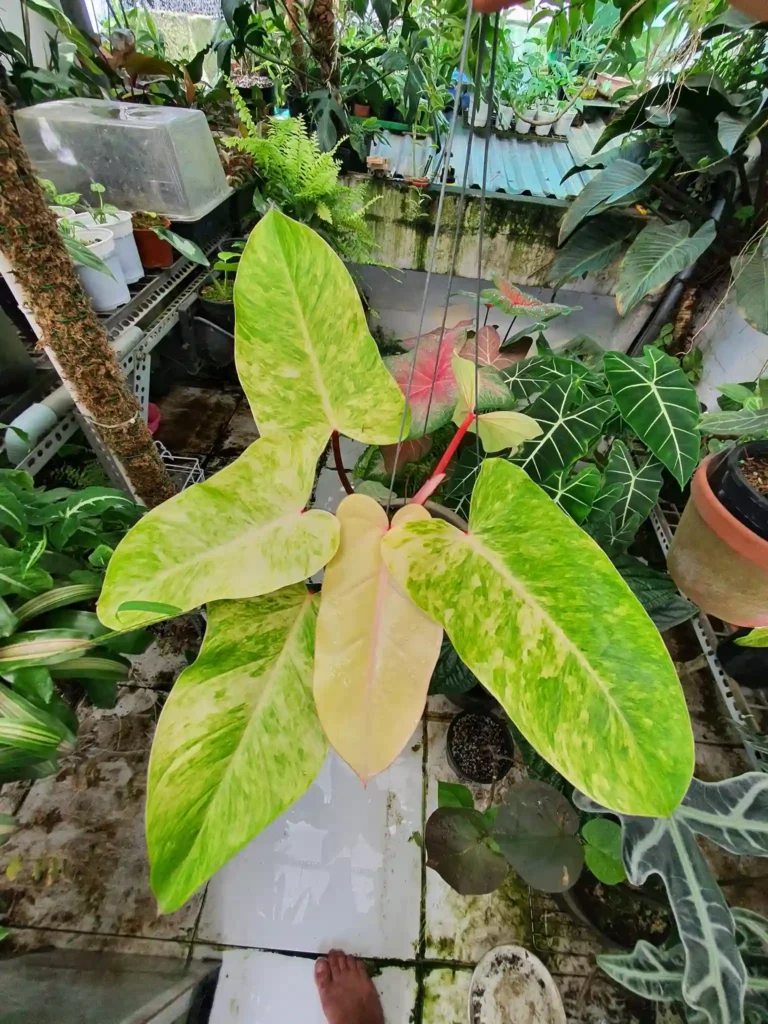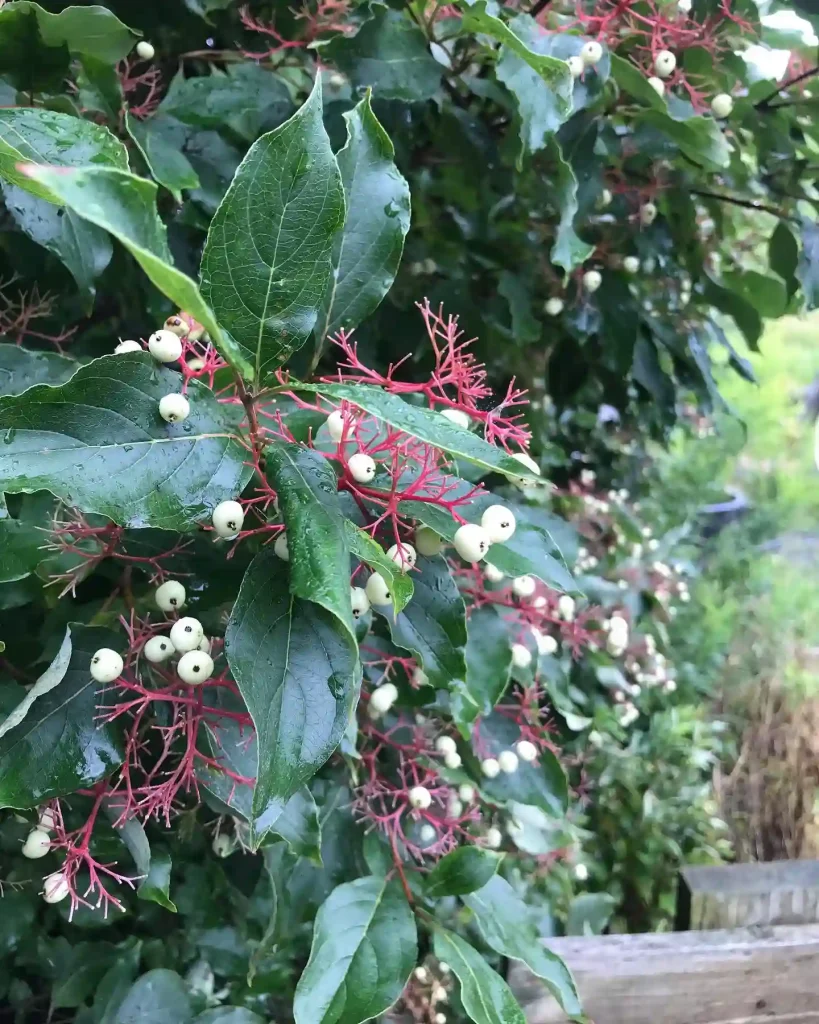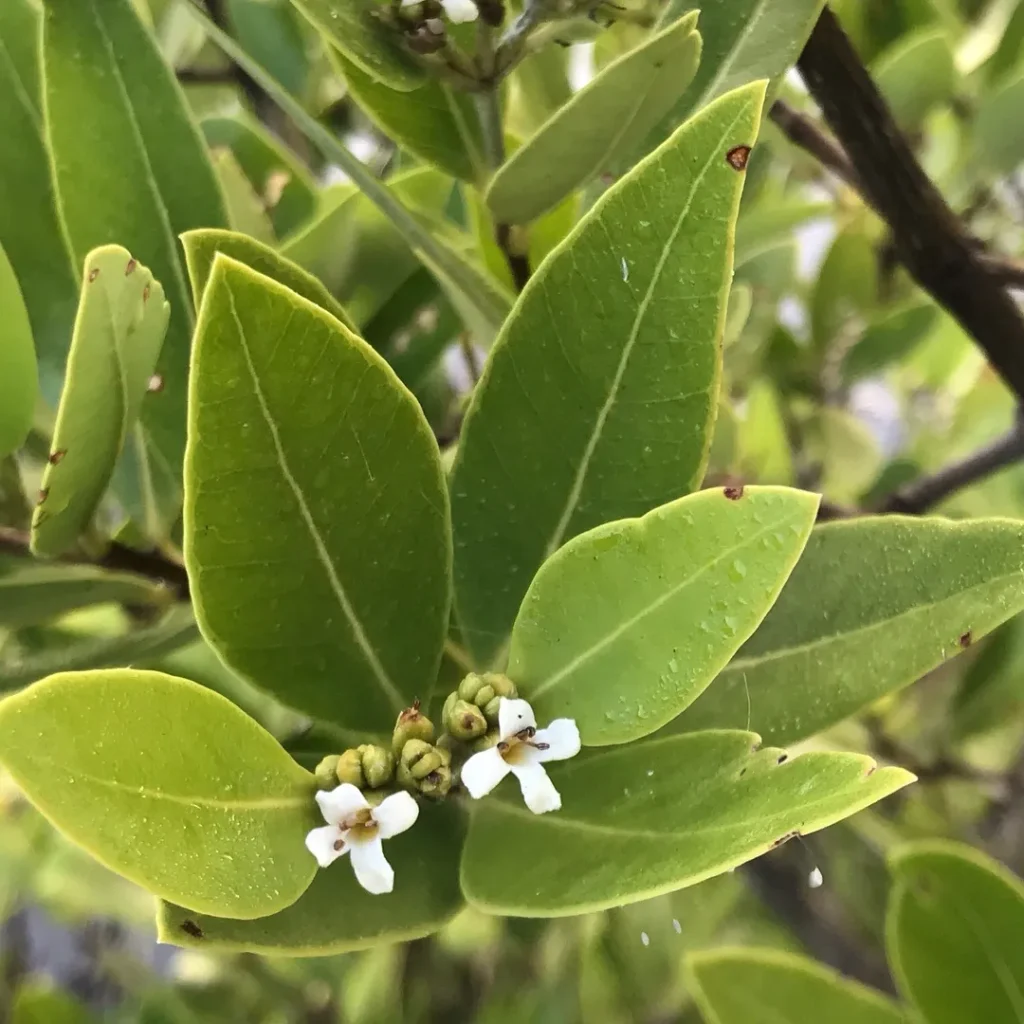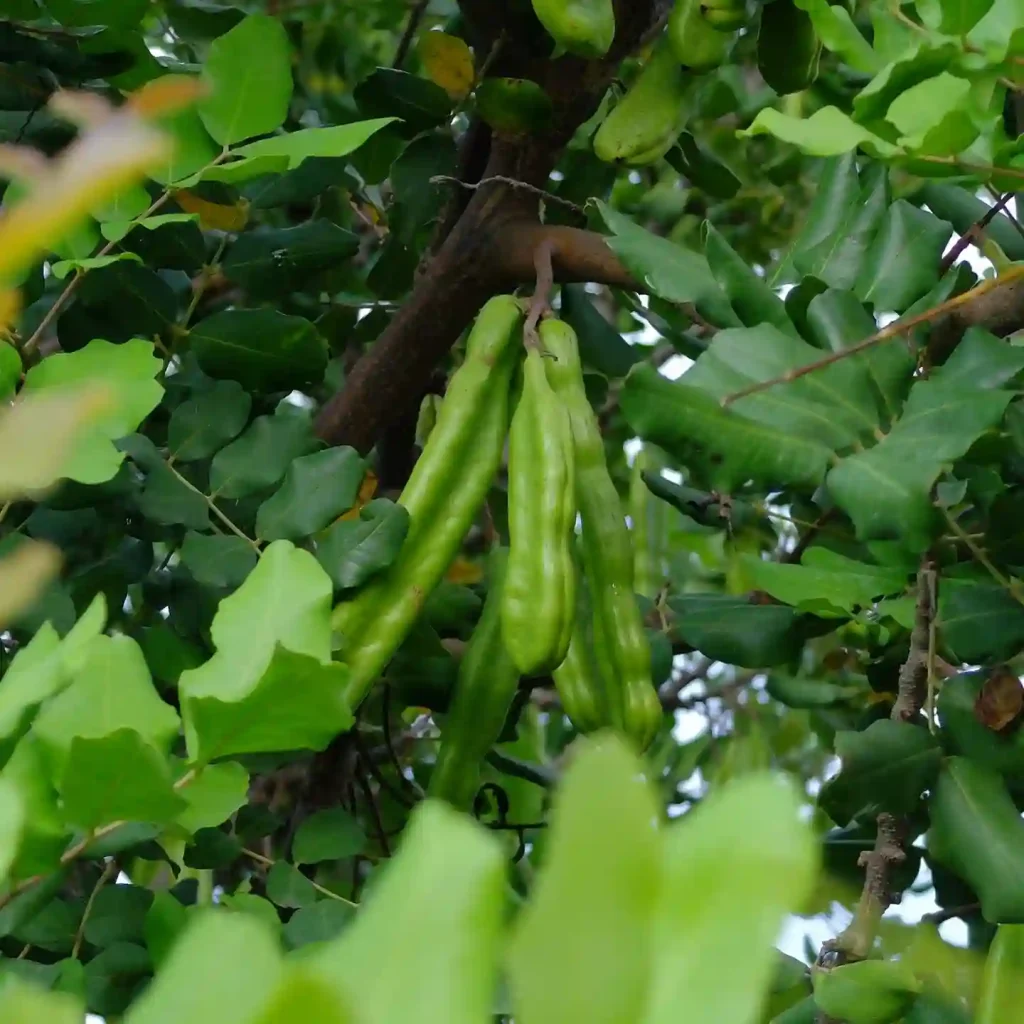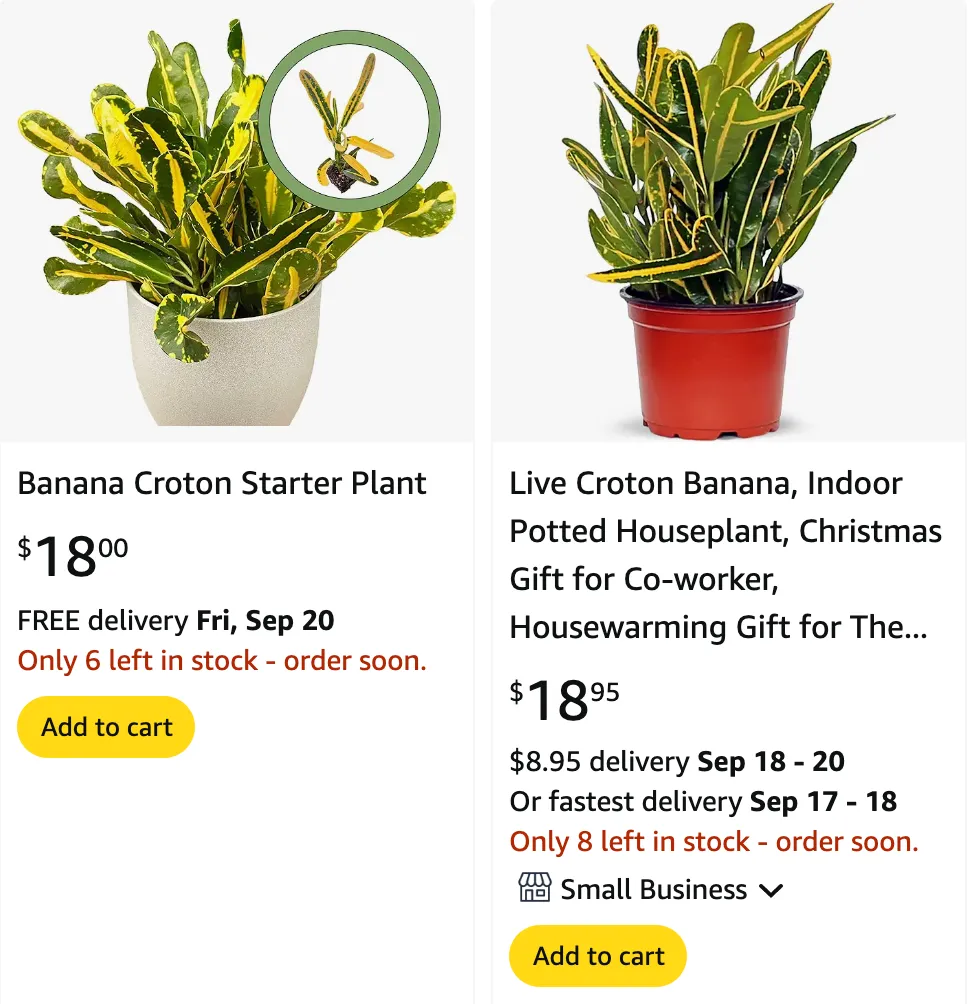
FAQs About Banana Croton
The Banana Croton, known scientifically as Codiaeum Variegatum Banana, is a vibrant and striking plant that adds a splash of color to any garden or indoor space. Over time, I’ve found that many people have questions about this tropical beauty, so I thought I’d compile a comprehensive FAQ guide based on my experiences and observations.
17 Species in Genus Codiaeum
What is a Banana Croton?
The Banana Croton is a type of Croton plant renowned for its bold and colorful foliage. Native to tropical regions, it’s often admired for its banana-shaped leaves that come in a mix of colors—yellow, green, orange, and red. These colors create a vibrant display, making it a popular choice for those looking to add some exotic flair to their home or garden.
How to Care for a Banana Croton?
Taking care of a Banana Croton is relatively straightforward, but it does require some attention to detail. Here’s what I’ve learned over the years:
- Light Requirements: Banana Crotons thrive in bright, indirect light. While they can tolerate some direct sunlight, too much can scorch their leaves. In lower light conditions, their vibrant colors might fade.
- Watering: Keep the soil consistently moist but not waterlogged. Allow the top inch of soil to dry out before watering again. In the winter, reduce watering frequency as the plant’s growth slows down.
- Humidity: These plants love high humidity. If you live in a dry area, consider using a humidifier or placing a pebble tray filled with water near the plant to increase moisture levels.
- Temperature: Banana Crotons prefer temperatures between 60-85°F (15-29°C). They are not frost-tolerant, so keep them away from cold drafts and temperatures below 50°F (10°C).
- Soil: A well-draining potting mix is essential. I recommend using a blend of peat, pine bark, and perlite for optimal drainage.
How to Propagate a Banana Croton?
Propagating Banana Crotons can be a rewarding process. Here’s how you can do it:
- Cuttings: Take a 4-6 inch cutting from a healthy plant, making sure it includes at least one node (where leaves are attached). Remove the lower leaves and dip the cut end in rooting hormone.
- Planting: Place the cutting in a pot with a well-draining soil mix. Keep the soil moist and cover the pot with a plastic bag to create a mini greenhouse effect.
- Root Development: Place the pot in a warm, bright spot but out of direct sunlight. Roots should start developing in a few weeks. Once you see new growth, you can transplant the cutting into a larger pot.
What to Plant with Banana Croton?
Banana Crotons pair well with other tropical plants due to their bold foliage. Here are a few companions that work well:
- Philodendron: Their large, glossy leaves complement the Croton’s colors beautifully.
- ZZ Plant: Its sleek, dark green leaves offer a nice contrast to the Croton’s vibrant hues.
- Bird of Paradise: The dramatic foliage of this plant pairs well with the Croton’s colorful leaves.
Is Banana Croton Toxic?
Yes, the Banana Croton is toxic if ingested. It contains compounds that can cause stomach upset, vomiting, or diarrhea if consumed by pets or humans. Always keep the plant out of reach of children and pets, and wash your hands after handling it.
Benefits of Growing Banana Croton
- Aesthetic Appeal: The vivid colors and unique leaf shape make it an eye-catching addition to any space.
- Air Purification: Like many indoor plants, it can help improve air quality by removing toxins.
- Tropical Vibes: It adds a touch of the tropics, making your indoor space feel like a lush retreat.
Common Problems with Banana Croton
- Leaf Drop: This can occur if the plant is exposed to sudden temperature changes, low humidity, or overwatering. Ensure consistent care and avoid draughts.
- Pests: Watch out for common pests like spider mites and mealybugs. Regularly inspect your plant and treat infestations with insecticidal soap if necessary.
- Leaf Fading: If the leaves lose their vibrant colors, it could be due to insufficient light. Move the plant to a brighter location to restore its hues.
Compare with Other Croton Varieties
Banana Crotons are often confused with other Croton varieties like the Petra Croton or the Gold Dust Croton. While they share similar care requirements, they differ in leaf shape and color patterns. The Banana Croton is unique for its banana-shaped leaves, while the Petra Croton has broader, more rounded leaves with a mix of red, green, and yellow.
In conclusion, the Banana Croton is a stunning plant that, with the right care, can thrive and bring vibrant colors to your space. By following these tips and keeping an eye out for common issues, you’ll ensure your Banana Croton remains a healthy and eye-catching addition to your plant collection.
If i die, water my plants!
